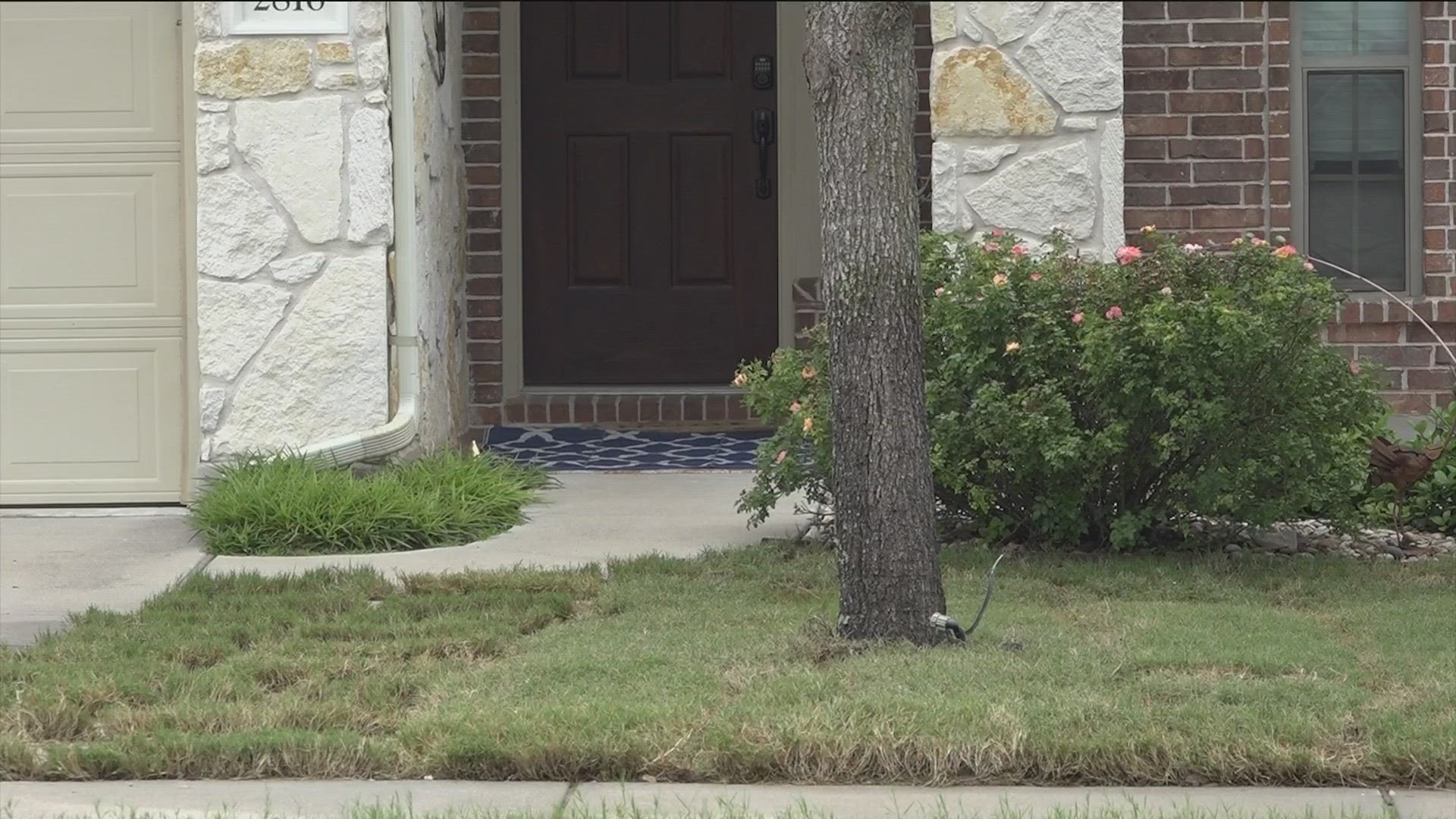AUSTIN, Texas — We are springing into summer heat, and your lawn is likely feeling it. When temperatures are this high, it's time to rethink how you mow your lawn.
While a low-cut, manicured lawn might seem ideal, you might be doing your yard a disservice if you cut it low. Depending on the type of grass you have, experts recommend letting your grass grow to between 3 and 5 inches during the summer.
"It helps keep the ground cooler," said Grace Wilson, operations manager for Cathey's Tree Service.
Taller grass serves as shade for the root system and will help your lawn thrive and avoid heat stress.
When it comes to watering, water your grass in the morning or evening.
"You want to make sure you do it in the AM, before the sun is beating down, so it can have time to soak into the end of the earth," Wilson said.
This will give the water time to make it down to the root system without evaporating.
However, there's another reason why you shouldn't water in the middle of the day: the water droplets left on the leaves and trunk could damage the plants.
"The bark of the trees can get sunburnt," Wilson said. "If you spray it down and it has this reflective water on it, it could act as a conductor of heat and potentially damage the tree."
Droplets of water can act as lenses, much like a magnifying glass. The water droplets left on the trees or tree trunks can focus the sun's rays into a small spot, burning the leaves.
If you want to protect your tree from excessive heat, you can also add mulch around it. This will help keep the roots cool during the hot summer months.
"When you mulch our trees, we look for donuts, not volcanoes," Wilson said. "So, don't pile the mulch up on the trunk. Make sure you have a donut around it and that the root flares expose."
Summer is also a good time to trim your trees. Trees are dormant this time of year because it's so hot, making it the ideal time to cut them because they are less susceptible to disease.
If you're looking to have a pretty yard year-round, try planting native Texas plants. These are the most resistant, require little water and because they're native, they thrive in pretty much all of our severe temperatures.

